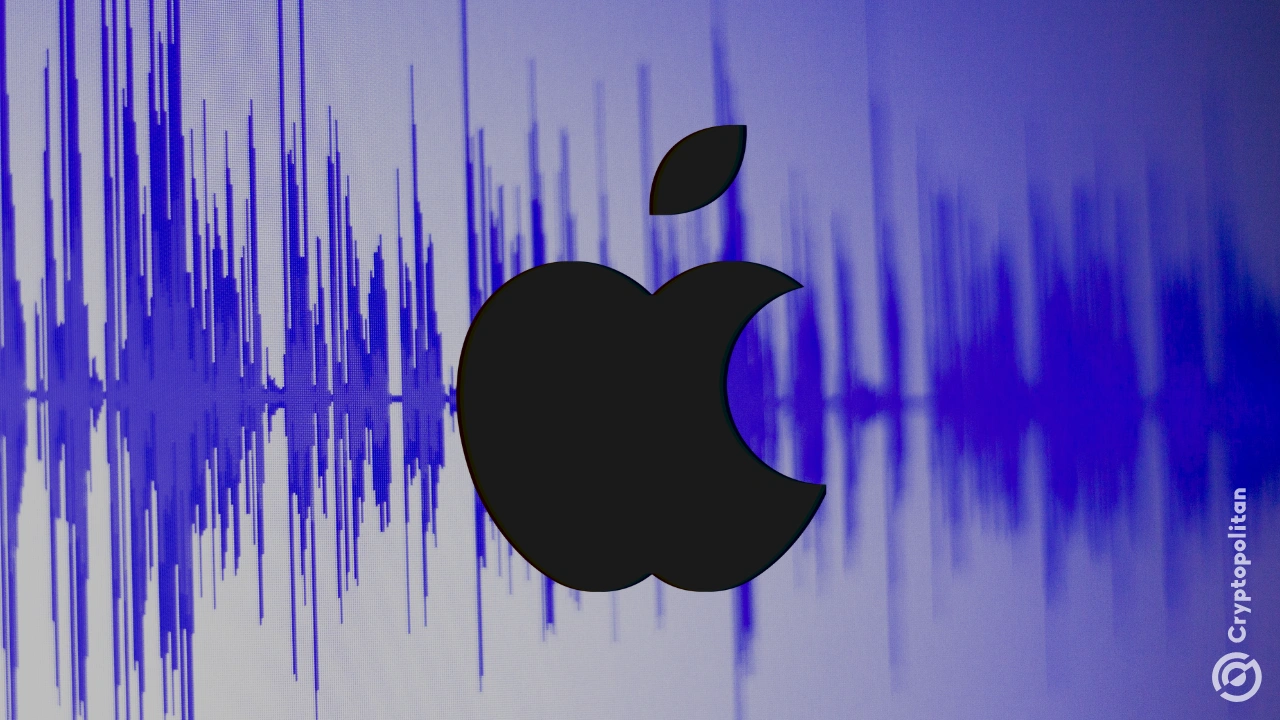The groundbreaking fusion of artificial intelligence (AI) and healthcare has set the stage for unparalleled innovation. In the realm of medical diagnosis, treatment, and management, AI-powered technologies have opened doors to unprecedented possibilities, promising improved patient outcomes and a streamlined healthcare experience. With AI playing an increasingly pivotal role in the healthcare sector, the pressing question of safeguarding AI inventions becomes paramount. This article delves into the realm of intellectual property (IP) protection for AI innovations in healthcare, exploring the efficacy of patents and trade secrets in fortifying a competitive edge, compared to relying solely on copyright protection.
AI-driven inventions hold the potential to reshape the healthcare landscape, raising the stakes for companies operating in this sphere to safeguard their intellectual assets. Not only can protecting these inventions enhance market value and allure potential investors, but it can also serve as a shield for investments in further research and development, fostering sustained growth and innovation.
Investment and capital acquisition
For startups in the healthcare domain, securing robust patent protection for their innovations is often indispensable in attracting investors and securing capital. Patents, offering a broader spectrum of protection than copyright or trade secrets, grant exclusive rights to the technology, preventing unauthorized use, production, or sale. Investors often seek a robust patent portfolio that safeguards not only the core inventions but also the peripheral aspects. While an alternative strategy relying on trade secrets or copyright protection may still appeal to investors, startups must be prepared to articulate the rationale behind their chosen approach.
The choice of IP protection must harmonize with the intricacies of a company’s business model. Particularly, if the aim is to license AI healthcare inventions for revenue generation, patents and trade secrets wield stronger leverage compared to copyright protection. Patents and potentially trade secrets safeguard the functionality of the invention, whereas competitors could potentially bypass copyright protection by creating a similar AI healthcare model using different coding or a comparable AI model trained on distinct datasets.
Determining the nature of invention
The nature of the invention plays a pivotal role in assessing the most fitting IP protection strategy. While patents demand novelty and inventiveness, in Europe, the inventive aspect of AI healthcare inventions is assessed based on their technical effects and purpose. AI healthcare inventions centered on data categorization or presentation may fall short of meeting this criterion, whereas those predicting diseases based on medical imaging may fare better. In instances where patents seem unattainable, protection via trade secrets might be more suitable, given the uncertainties surrounding the copyright protection of AI-generated content across different jurisdictions.
Weighing the duration of protection
Consideration of the required duration of protection is also vital. While trade secrets offer indefinite protection, patents have a limited lifespan of 20 years from the filing date. In the rapidly evolving landscape of technology, the 20-year timeframe might be sufficient. Pursuing patent protection might, therefore, prove advantageous from a commercial perspective. In cases where innovation cycles are exceptionally swift, the emphasis could be on gaining an early competitive advantage and capturing market share, rendering both patents and trade secrets less pertinent.
Enforceability and defense
The ability to enforce and defend rights is a critical factor in the IP protection decision-making process. Patents offer robust legal remedies, while enforcing copyrights and trade secrets might pose greater challenges. Even if a company lacks the immediate resources for legal proceedings and perceives little immediate benefit in obtaining a patent, the potential enhancement in investment appeal and company valuation patents offer should not be overlooked. Future acquirers assessing their ability to assert exclusivity and sustain market dominance might view a non-patent strategy as a less desirable option.
Strategic disclosure decisions
The decision to publicly disclose an invention for patent protection versus the value of maintaining it as a trade secret demands careful consideration. In cases where it might be arduous to detect infringement of a patented AI algorithm, maintaining trade secrets could be the preferred route. An alternative strategy worth considering is an anonymous disclosure of the invention via a defensive publication. Such disclosures, searched by IP offices for prior art, can erect barriers against competitors seeking protection for similar AI technologies, thus ensuring freedom to operate and maintaining a competitive advantage. It is important to note, however, that opting for a defensive disclosure inevitably precludes the treatment of the invention as a trade secret.
In the rapidly evolving landscape of AI in healthcare, strategizing intellectual property protection demands careful calibration of business objectives, technological nuances, and legal considerations. By navigating the intricate terrain of patents, trade secrets, and copyright, companies can fortify their competitive positioning and lay a solid foundation for sustained growth and innovation in the dynamic realm of AI-powered healthcare solutions.





